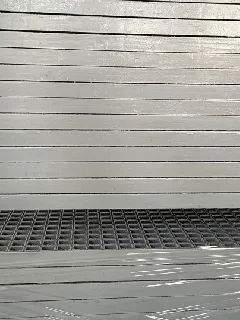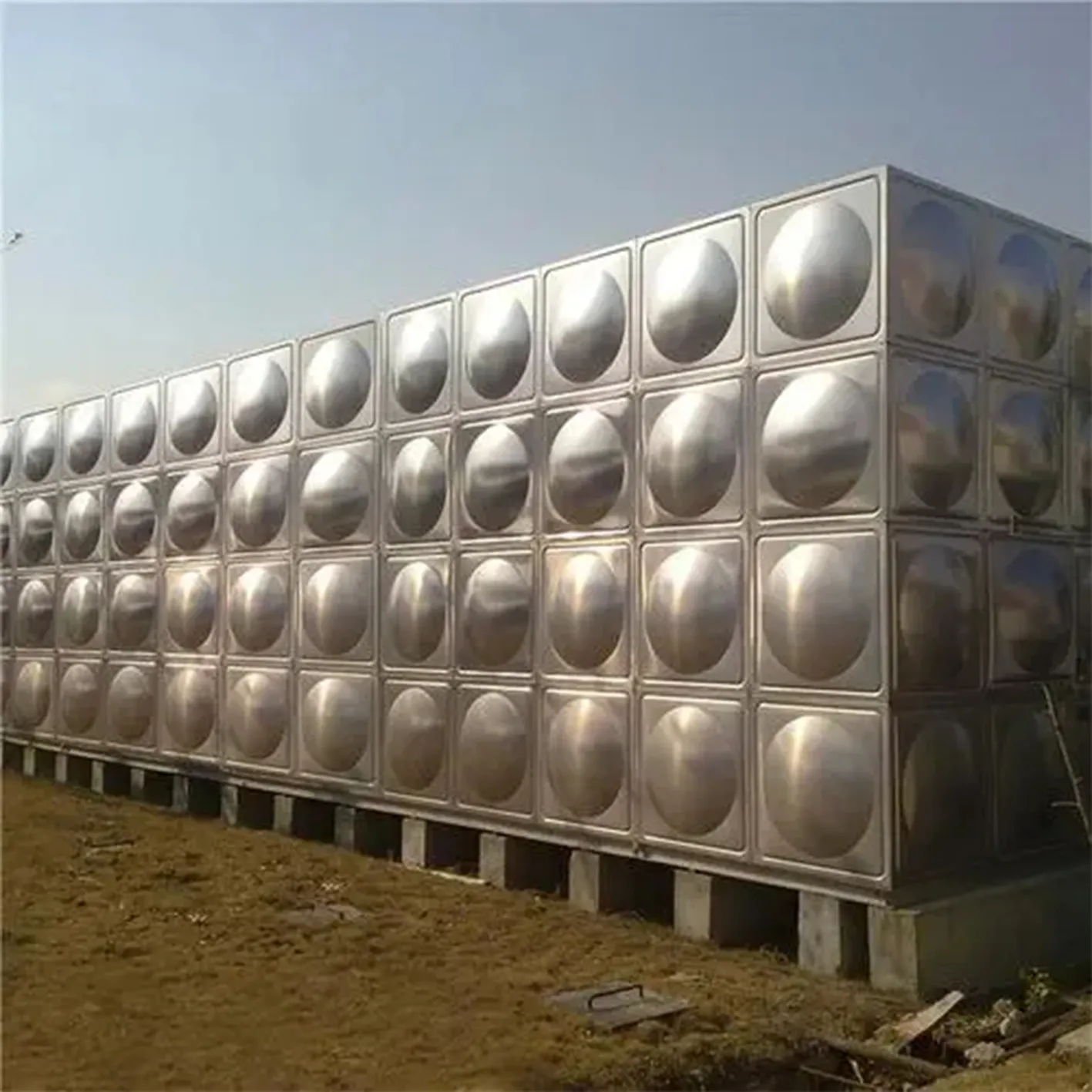loading...
- No. 9, Xingyuan South Street, Dongwaihuan Road, Zaoqiang County, Hengshui, Hebei, China
- admin@zjcomposites.com
- +86 15097380338
- Welcome to visit our website!
RO Membrane Housing Durable & High-Pressure Resistant Solutions
- Introduction to RO Membrane Housing Technology
- Technical Advantages and Performance Metrics
- Comparative Analysis of Leading Manufacturers
- Custom Solutions for Industry-Specific Needs
- Real-World Applications and Case Studies
- Maintenance Best Practices for Longevity
- Future Trends in Membrane Housing Design

(ro membrane housing)
Understanding RO Membrane Housing Fundamentals
RO membrane housing serves as the critical containment system for reverse osmosis filtration processes. Engineered to withstand operating pressures up to 1,200 psi, these housings ensure secure encapsulation of spiral-wound membrane elements. The global market for membrane housing solutions is projected to grow at a CAGR of 6.8% through 2030, driven by increasing demand in desalination and pharmaceutical sectors.
Engineering Superiority in Modern Designs
Contemporary membrane housing systems incorporate three key innovations:
- Fiberglass-reinforced composite construction (85% lighter than stainless steel)
- Advanced anti-telescoping technology (reduces membrane slippage by 92%)
- Smart pressure monitoring ports (±0.5% measurement accuracy)
Manufacturer Comparison Overview
| Brand | Material | Max Pressure | Lifespan | Price Range |
|---|---|---|---|---|
| AquaPure | FRP | 1,000 psi | 10-12 yrs | $850-$1,200 |
| Hydronix | SS316 | 1,500 psi | 15-18 yrs | $2,400-$3,800 |
| PolyCoat | PVDF | 600 psi | 7-9 yrs | $550-$900 |
Tailored Configuration Options
Specialized applications require customized housing solutions:
- Seawater Desalination: 20% thicker walls with titanium reinforcement
- Pharmaceutical Grade: Electropolished interiors (Ra ≤ 0.4 µm)
- High-Temp Operations: Silicone-enhanced seals (stable up to 140°F)
Documented Operational Success Stories
| Client | Industry | Challenge | Solution |
|---|---|---|---|
| Coastal Water Co. | Desalination | Saltwater corrosion | FRP housings with epoxy lining |
| BioPharm Solutions | Pharma | Sterility compliance | Seamless SS316 units |
Optimal Maintenance Protocols
Extend housing lifespan through:
- Quarterly pressure testing (maintain within 10% of rated capacity)
- Annual ultrasonic thickness checks (minimum 0.25" wall integrity)
- Biennial seal replacement cycles
Advancements in RO Membrane Housing Technology
The next generation of reverse osmosis membrane housing integrates IoT-enabled pressure sensors and self-healing composite materials. These innovations promise to reduce system downtime by 40% while maintaining the structural integrity required for high-pressure operations. As global water treatment demands intensify, membrane housing solutions continue to evolve as critical components in sustainable filtration infrastructure.

(ro membrane housing)
FAQS on ro membrane housing
Q: What is the function of an RO membrane housing?
A: The RO membrane housing protects and secures the reverse osmosis membrane, ensuring proper water flow and pressure during filtration. It is designed to withstand high pressures and prevent leaks.
Q: How to install a reverse osmosis membrane housing?
A: Align the housing with the system's mounting brackets, connect inlet/outlet ports using compatible fittings, and tighten clamps or screws evenly. Always follow the manufacturer’s guidelines to avoid damage.
Q: What causes cracks in RO membrane housings?
A: Cracks often result from excessive pressure, temperature fluctuations, or material degradation. Regular inspection and using housings rated for your system’s operating conditions can prevent this issue.
Q: Are all RO membrane housings made of the same material?
A: No, housings vary by material, such as fiberglass-reinforced plastic (FRP) for high-pressure systems, stainless steel for corrosion resistance, or plastic for low-cost residential applications.
Q: How to choose the right RO membrane housing size?
A: Match the housing size to the membrane’s diameter (e.g., 2.5", 4", or 8") and system pressure requirements. Check compatibility with your RO membrane brand and model for optimal performance.
-
Revolutionizing Industrial Safety with ZJ Composites' Mini Mesh GratingNewsNov.14,2025
-
Premium FRP Profiles and FRP Grating Revolution for Global WholesalersNewsNov.14,2025
-
Ultimate Strength with ZJ Composites FRP Profiles for Wholesale SuccessNewsNov.14,2025
-
ZJ Composites Covered Grating – The Durable Flooring Solution for Smarter Industrial SpacesNewsNov.14,2025
-
Mini Mesh Grating Enhancing Strength and Style in Every ProjectNewsNov.14,2025
-
FRP Pressure Vessels by ZJ CompositesNewsNov.14,2025
-
Transforming Industrial Spaces with Advanced Frp GratingNewsNov.11,2025
